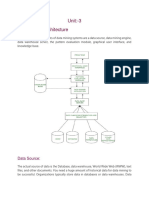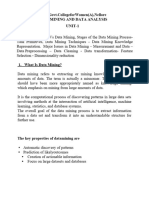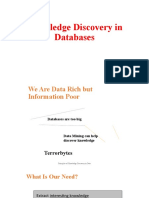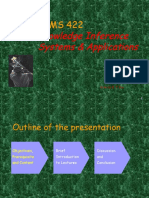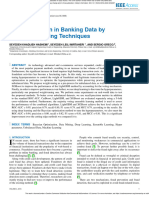0% found this document useful (0 votes)
23 views11 pagesKDD Process in Data Mining
The document outlines the KDD (Knowledge Discovery in Databases) process in data mining, which involves extracting useful information from large datasets through a series of iterative steps including data cleaning, integration, selection, transformation, mining, evaluation, and representation. It highlights the advantages of KDD such as improved decision-making and fraud detection, as well as disadvantages like privacy concerns and data quality issues. Additionally, it distinguishes between KDD and data mining, emphasizing that KDD focuses on discovering knowledge while data mining focuses on finding patterns.
Uploaded by
irfaanshaik27Copyright
© © All Rights Reserved
We take content rights seriously. If you suspect this is your content, claim it here.
Available Formats
Download as PPTX, PDF, TXT or read online on Scribd
0% found this document useful (0 votes)
23 views11 pagesKDD Process in Data Mining
The document outlines the KDD (Knowledge Discovery in Databases) process in data mining, which involves extracting useful information from large datasets through a series of iterative steps including data cleaning, integration, selection, transformation, mining, evaluation, and representation. It highlights the advantages of KDD such as improved decision-making and fraud detection, as well as disadvantages like privacy concerns and data quality issues. Additionally, it distinguishes between KDD and data mining, emphasizing that KDD focuses on discovering knowledge while data mining focuses on finding patterns.
Uploaded by
irfaanshaik27Copyright
© © All Rights Reserved
We take content rights seriously. If you suspect this is your content, claim it here.
Available Formats
Download as PPTX, PDF, TXT or read online on Scribd
/ 11








